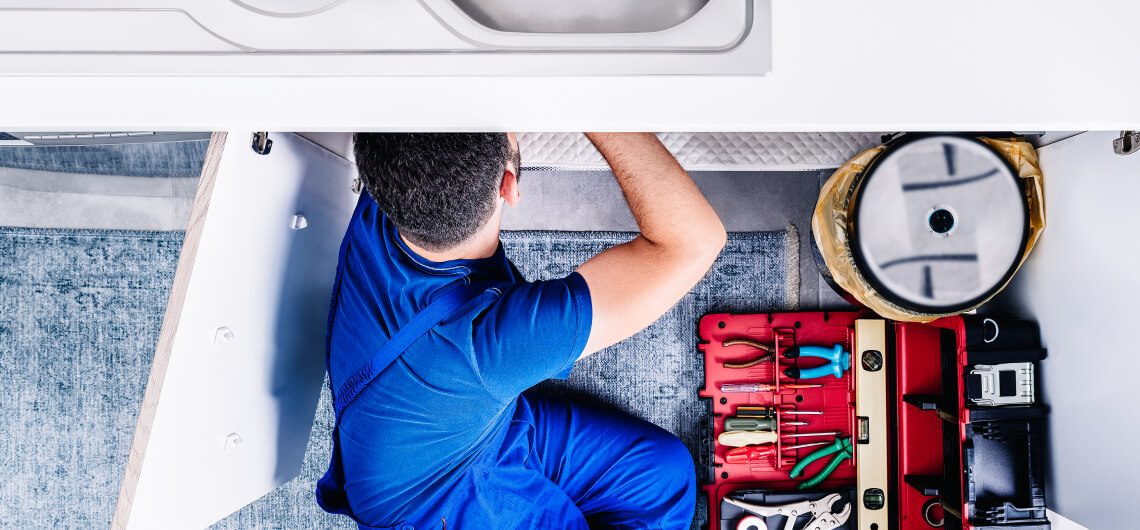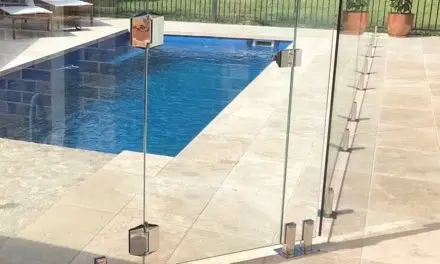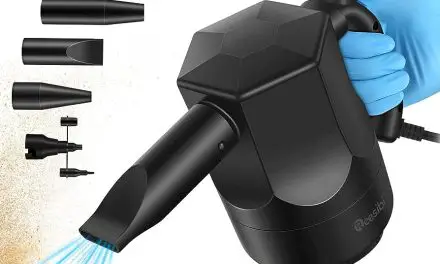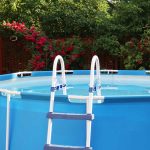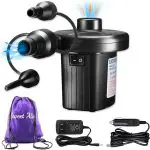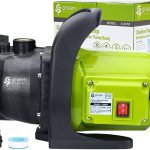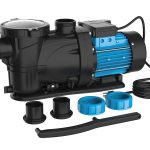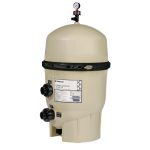To winterize a pool heater, drain the heater and remove any water from it to prevent damage from freezing temperatures. You can also consider adding pool antifreeze to further protect against burst pipes.
1. Draining The Pool Heater
To winterize your pool heater, start by shutting off the power supply to the heater. Next, locate the drain plug on the heater and open it to release the water. This will ensure that no water remains in the heater during the winter months, which can cause damage.
It’s important to carefully follow these steps to prevent any potential issues with your pool heater when you start it up again in the spring. By properly draining the pool heater, you can protect your investment and extend its lifespan.
2. Removing Parts For Winterization
To winterize your pool heater, begin by removing the front door of the heater. This will provide access to the inner components for cleaning and maintenance. Next, identify and remove any pressure relief valve that may be present. This valve helps to release any built-up pressure within the system.
Finally, explore other removable parts that may need to be detached for winterization purposes. This may include filters, hoses, or any other components that could potentially be damaged by freezing temperatures. By removing and properly storing these parts, you can protect your pool heater and ensure its longevity throughout the winter season.
3. Draining Water From The Heater
To properly winterize your pool heater, you need to drain the water from it. Using a shop vac or air compressor, blow out any remaining water to ensure thorough drainage. This step is crucial to prevent freeze damage during the winter months.
Additionally, before closing up the heater, make sure to clear any debris that may have accumulated. By following these steps, you can protect your pool heater and prolong its lifespan.
4. Protecting The Heater During Winter
During the winter months, it is important to protect your pool heater from the harsh elements. One way to do this is by covering the heater with a waterproof pool cover. This will prevent any snow or moisture from seeping into the unit and causing damage.
Additionally, you should insulate the exposed pipes and fittings to provide added protection against freezing temperatures. This can be done using pipe insulation or heat tape. Another option to consider is using a pool heater cover specifically designed for insulation.
These covers provide an extra layer of protection and can help to retain heat more efficiently. By following these guidelines, you can ensure that your pool heater stays in good condition throughout the winter season.
5. Preparing For Spring Startup
To prepare your pool heater for spring startup, start by removing the cover and inspecting the heater for any damage. Next, reconnect any disconnected parts to ensure proper functioning. Finally, consult the manual and follow the instructions to restart the heater effectively.
By following these simple steps, you can ensure that your pool heater is ready to provide warm water when you need it. Remember, proper maintenance and winterization are essential to extending the lifespan of your pool heater and ensuring its optimal performance.
So, take the time to winterize your pool heater and enjoy a hassle-free swimming season.

Credit: www.amazon.com
Frequently Asked Questions On How To Winterize Pool Heater?
How Do I Turn Off My Pool Heater For The Winter?
To turn off your pool heater for the winter, drain all the water. Use a blower to clear the water from the pool lines and plug them with expansion plugs. Consider adding pool antifreeze to prevent burst pipes.
How Do You Winterize A Gas Pool Heater?
To winterize a gas pool heater, follow these steps: 1. Start by shutting off the gas supply to the heater. 2. Turn off the power to the heater to avoid any electrical issues during the winter months. 3. Drain the water from the heater by opening the drain valve and allowing the water to flow out completely.
4. Remove any plugs or caps from the heater to ensure complete drainage. 5. Clean any debris or residue from the heater and its components. 6. Inspect the heater for any signs of damage or wear and tear that may need to be addressed before winter.
7. Cover the heater with a protective cover to prevent any damage from the elements during the winter season. 8. Finally, store any disconnected hoses or accessories in a safe and dry place until the next pool season. Following these steps will help ensure that your gas pool heater is properly winterized and protected until it is needed again.
What Is The Best Way To Winterize Pool Equipment?
To winterize pool equipment, start by draining all the equipment to prevent water from freezing and causing damage. Use a blower to clear the water from the pool lines and plug them up with expansion plugs. To further protect against burst pipes, you can consider adding pool antifreeze.
Winterizing your pool equipment is crucial to ensure it remains in good condition during the colder months.
How Do You Winterize A Gas Pool Heater?
To winterize a gas pool heater, turn off the gas supply and use a compressor to blow out any excess water.
Conclusion
To ensure your pool heater is protected during the winter months, it’s crucial to properly winterize it. By following a few simple steps, you can prevent any potential damage caused by freezing temperatures. Begin by draining the heater and removing any components that may be susceptible to damage.
It’s also important to disconnect the power supply and securely cover the heater to shield it from the elements. Additionally, consider insulating the pipes and using pool antifreeze to prevent burst pipes. Taking these precautions will help prolong the life of your pool heater and ensure it’s in proper working condition when you’re ready to reopen your pool in the spring.
Remember, winterizing your pool heater is an essential part of pool maintenance, and by following these steps, you can help safeguard your investment for years to come.

